POLLINATORS: HOW TO HELP
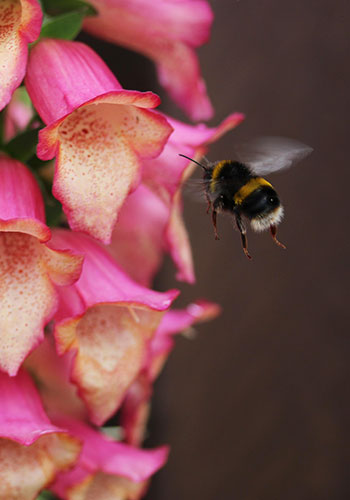
LEARN ABOUT NATIVE POLLINATORS
While more and more people have heard that helping the pollinators is important, relatively few people take the time to get to know those pollinators and understand what they need. Our native pollinators have very different needs than honeybees.
For example, did you know that…
- Our vastly diverse native solitary bees can be super tiny or about the size of honeybees, and they come in an amazing range of colors including deep black, iridescent blue, and bright green
- Most bumble bees build their small colonies underground
- Native butterfly and moth caterpillars often overwinter in piles of leaves
- Many solitary bees lay their eggs inside hollow plant stems to overwinter and emerge in the spring
- Solitary bees don’t sting at all, and bumble bees only sting in dire situations to protect their nests
- Wasps and hornets can be pollinators too, and they eat pests!
Once we start getting to know our native pollinators, we can better meet their needs. How many species of native pollinators can you learn to identify in your own garden? Here are a few resources to get you started:
- An ode to six native bee species, by the Seattle-based conservation organization Forterra
- More information on Northwest bumble bees from Washington State University
- More information on one family of solitary bees from Oregon State University
- A field guide to a variety of native bees from the Oregon State Department of Agriculture
- A gallery of some butterflies and moths that are native to Washington State
- Read more about Pollinators on our Blog.
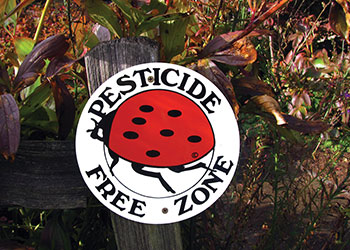
REDUCE OR ELIMINATE PESTICIDES
One of the best things gardeners can do to help pollinators is to create safe, non-toxic environments where they can thrive. Insecticides are designed to kill insects, and they don’t discriminate between pests and garden friends.
It’s best to rely on holistic practices that keep your whole garden ecosystem healthy and balanced. Choosing the right place for the right plant, good fertilizing practices, and creating habitat for predatory insects can go a long way towards reducing major pest outbreaks. Gardeners can also learn to tolerate a few pests here and there as part of the natural cycles of their gardens.
It’s worth noting that there are degrees of toxicity and particularly risk to pollinators when it comes to pesticides. If you do find yourself with a major infestation on your hands, we can help you find the least toxic options.
When it comes to spraying anything, be it an organic pesticide, or even a fungicide or herbicide, the only way to ensure that it will not harm our beneficial pollinators is to spray when you can be certain they are not active. i.e before the flowers bloom, or if you must, after sunset, to minimize damage.
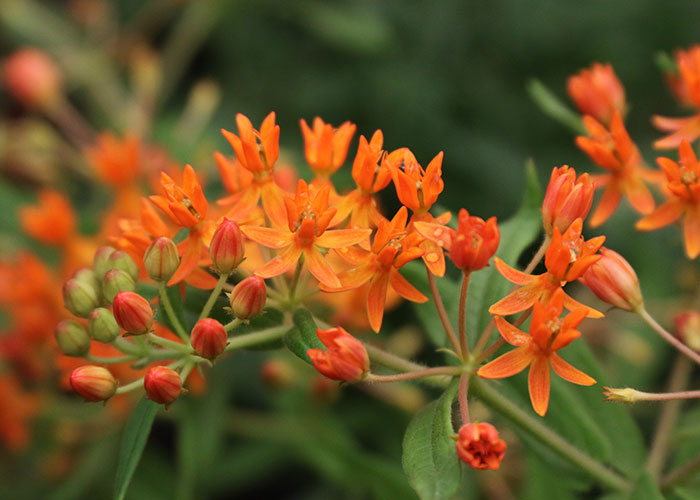
PLANT FOR ABUNDANT BLOOMS
Native pollinating insects need food from very early spring through late fall. Anna’s hummingbirds are awake and foraging all year long! Incorporate diverse flowering plants to provide nectar all season. Our perennials by bloom time information sheet can help you design an ever-blooming garden for your own enjoyment and to feed pollinators.
Most native pollinators can use nectar and pollen from pretty much any flower. But they especially thrive when they have access to the native plants they have always relied on. Again, consider choosing options with a variety of bloom times. Check out The Audubon Society’s native plant finder for some ideas that might be a good fit for your garden.
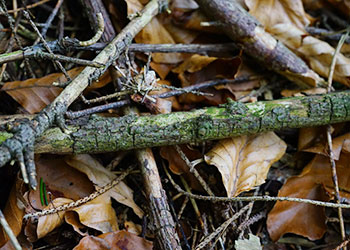
PROVIDE HOST PLANTS, SHELTER & WATER
While we might think of flowers first, pollinators’ needs go beyond just nectar and pollen. If you want to take care of your pollinators more holistically, here are some other things you can provide:
- We all need water to drink, especially through the dry summer months. A shallow dish of water with pebbles for your bug friends to stand on can help a lot.
- Butterflies and moths need leaves their caterpillar larvae can eat. Yes, this means accepting holes in your leaves! Our pollinator list below has examples of both nectar plants and larvae host plants.
- Bumblebees and some solitary bees need loose, shaded, undisturbed soil for underground habitat. Reserving a section of your garden for native shrubs and letting it go a little wild is a great way to provide nest sites.
- Restrain your fall clean-up impulses as much as you can, or at least reserve some spaces that are allowed to stay untidy as overwintering habitat. In the fall, there are very likely butterfly caterpillars and moth cocoons in your fallen leaves, queen bumblebees in your brush piles who are already harboring next season’s fertilized eggs, and solitary bee eggs waiting out the winter inside those dried-up flower stems.
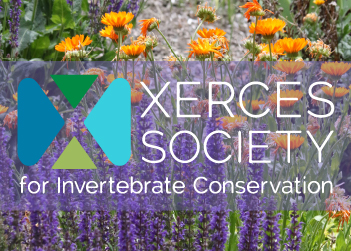
CONNECT WITH ADVOCACY ORGANIZATIONS
Providing for pollinators within your own garden is a lovely thing to do, but we’ll need to work together to address the big challenges they face. Gardeners can reach beyond their individual gardens by getting involved with advocacy organizations like The Xerces Society that are already working for large-scale change.
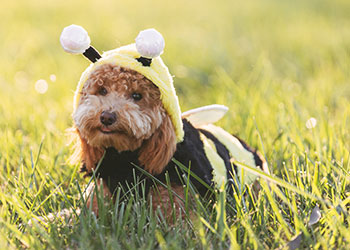
EDUCATE FRIENDS & NEIGHBORS
Another way you can expand your passion for pollinators beyond your own garden is to reach out to those around you. Whether that looks like posting on social media, putting up 'Pesticide Free' or 'Pollinator Zone' signs around your garden for the neighbors to see, volunteering with organizations doing education work, or being that person who won’t stop gushing about pollinators at family gatherings, there are lots of ways to get the word out. (Dressing your dog up as a pollinator and then asking people if they'd like to learn more is also great.)
